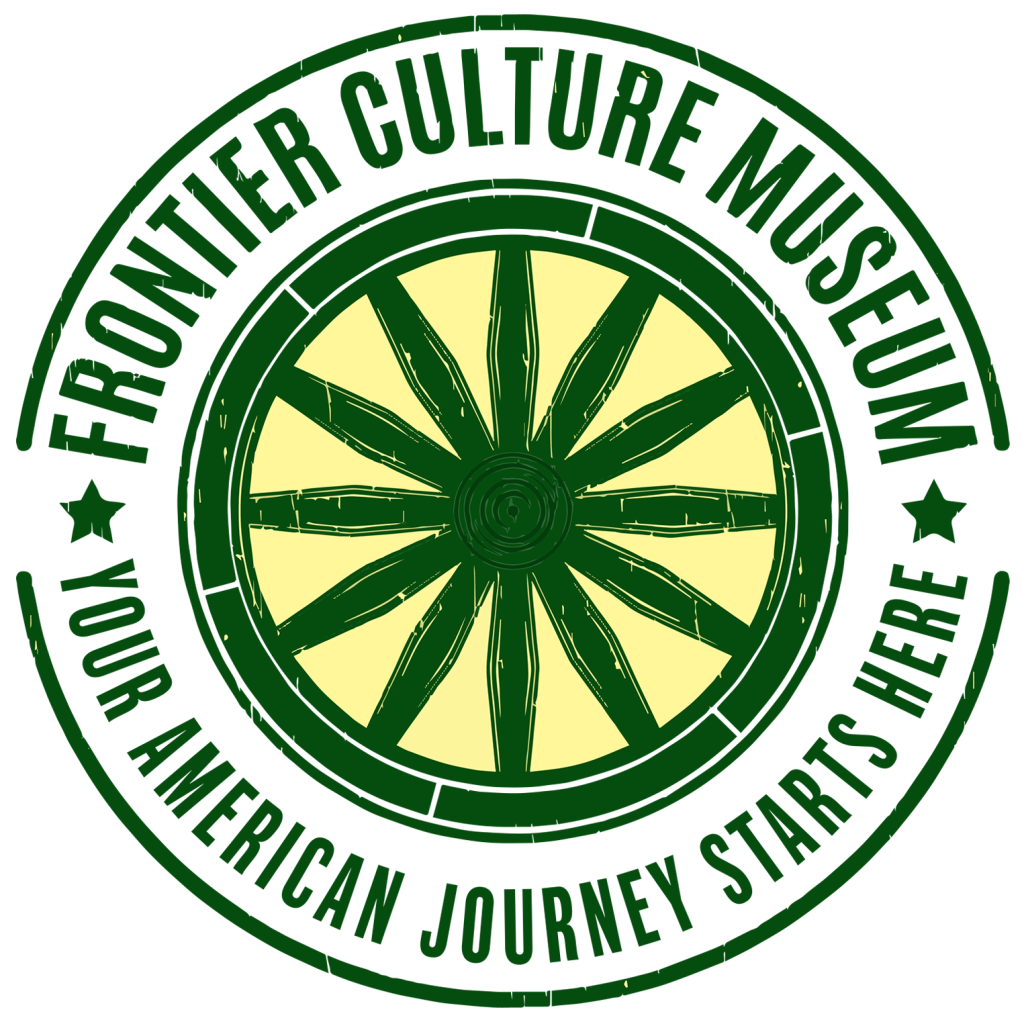Sensory and Accessibility
Accessibility
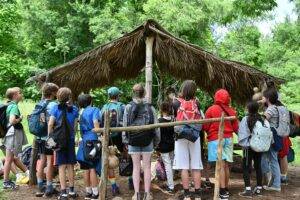
The Frontier Culture Museum strives to be inclusive and accessible to everyone. Handicapped parking is available closest to the Welcome Center and there is a pull-through available for safe wheelchair access.
The entire Museum loop is approximately two miles. The main paths of both the Old World and New World loops are paved, making secure travel possible for walkers, wheelchairs, powerchairs, and our rentable golf carts. Certain sites, such as the West African, English, 1700s Settlement farms, and the schoolhouse, are accessed by gravel pathways. Others, such as the Irish, German, Eastern Woodland Indian, 1820 and 1850 American farms, are accessed by paved or brick pathways. Visitor restrooms in each loop are accessed via paved paths. The museum does, however, include gardens, pastures, and other activity areas that are only accessible via lawn.
The Old World loop begins and ends with a gentle rise. Once near West Africa or Germany, on respective sides of the loop, the pathway levels out. Two short, slightly raised wooden bridges separate the English farm from the Irish forge. The English and German farmhouses, as historic buildings relocated to the museum, contain either entrance steps or an elevated level inside. Both can be accessed by at least one door at ground level or by asking the interpreter on site to provide access if they happen to be working in a different part of the site.
The American loop contains more diverse topography. The Eastern Woodland Indian site is located at the top of a slightly steep slope. The paved pathway makes a loop up the slope, passing in front of the activity areas. There is a decline between the Eastern Woodland Indian site and the 1700s Settlement farm. The 19th century structures are also accessed by inclines off of the main paved road; these are paved or graveled. The 1820 and 1850 farms, as well as the Schoolhouse and Church, include ramps on at least one side of the structures. The 1820 farm, similar to the English farm, contains a split level, but visitors can access both via the two doors on the front porch.

The Frontier Culture Museum strives to be sensory friendly. Our toolkit and pre-visit materials are being prepared and will be added to the website soon. Here are a few tips for quick reference in planning your visit.
- If a member of your party is uncomfortable with loud noises, the West African farm and the 1700s Settlement farm occasionally have drums or firearm demonstrations. The Irish forge can also present unexpected noises. The Welcome Center will provide a list of daily activities upon your arrival.
- If crowds are a concern, please call the Welcome Center to inquire about potential events or school visits booked for the day of your visit.
- Animals can be found at most sites. Most are within fenced pastures, however, they may come up to your party. The Museum currently has one cat on the 1850s American farm and she moves freely around the site.
- The Museum has many areas out of the general traffic pattern that can serve as quiet areas. Please do not hesitate to ask interpreters for suggestions or assistance.
Visitors are encouraged to call the Welcome Center at (540) 332-7850 with any questions regarding accessibility or particular needs. We will do our best to make sure your visit is enjoyable. We also welcome feedback and suggestions regarding improvement of our ability to meet your needs.
Sensory and Accessibility Guide
The Frontier Culture Museum is dedicated to serving all members of the community. To make your visit easier, here’s a quick reference guide for the spaces at the museum. Access to amenities and activities varies by location. Certain places may be uncomfortable due to noise or darkness or heat. Other places can quickly get crowded. For any questions about the museum and accessibility, please contact our Visitor’s Center at (540) 332-7850 or by email at visitor.center@fcmv.virginia.gov.
Download and Print
To help plan your visit, you can download our Choice Board and Exhibit, Animal, and Activity Tiles. There are lots of things to see and do at the museum! You can print the Board and Tile pages out and use scissors and tape or glue to select what you’d like to visit at the Frontier Culture Museum. Not all activities are available every day, so please make sure you check with our Visitor’s Center for the activities of the day by calling (540) 332-7850 or emailing at visitor.center@fcmv.virginia.gov.
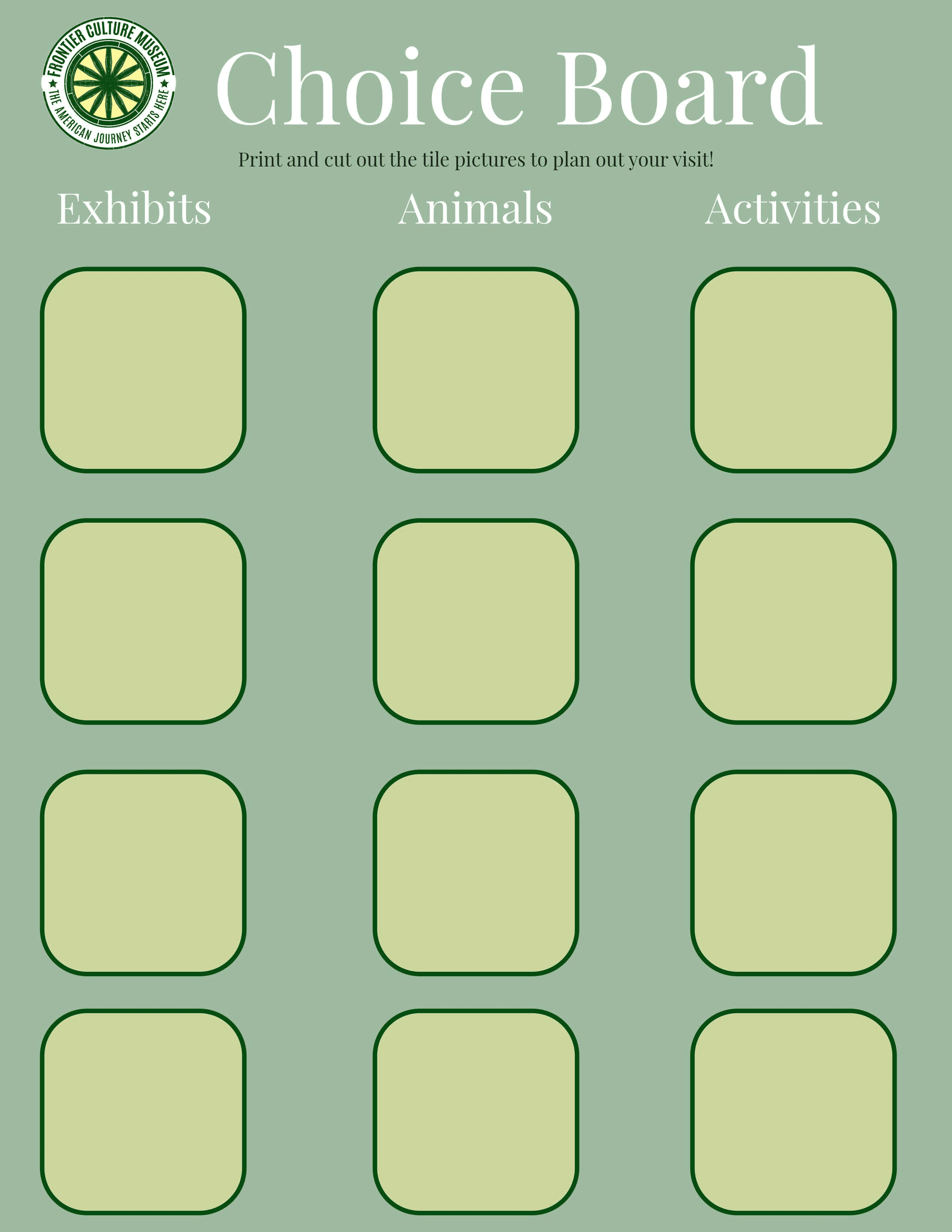
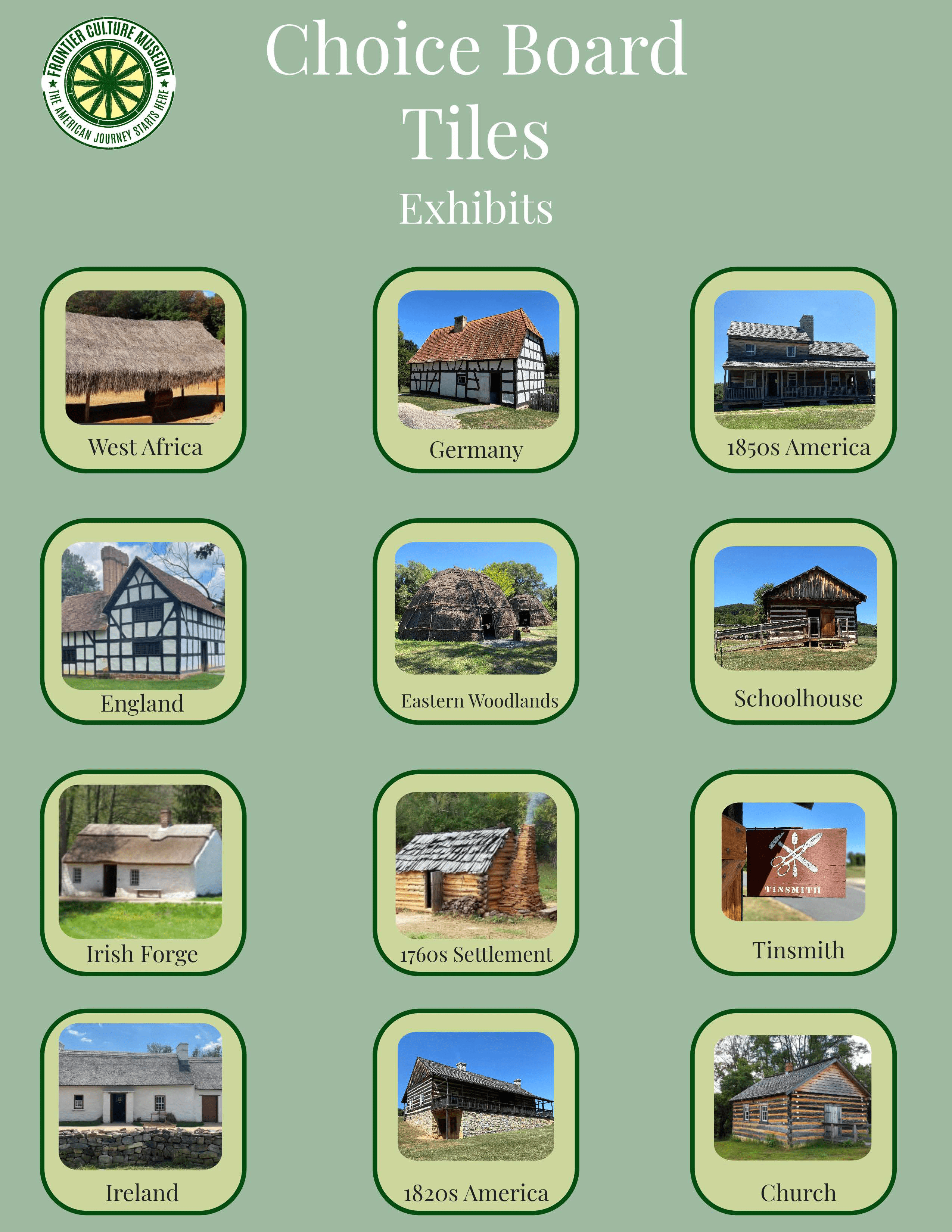
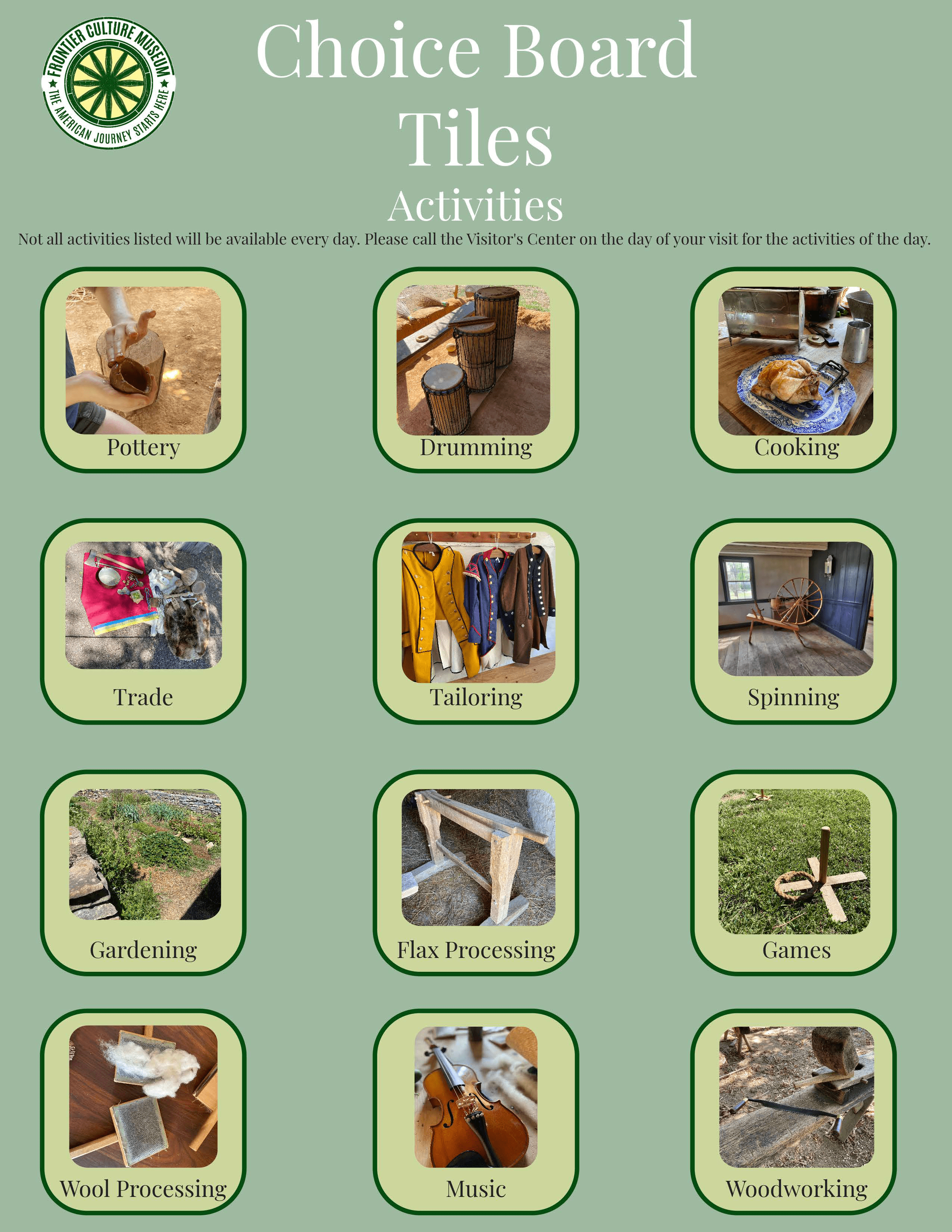
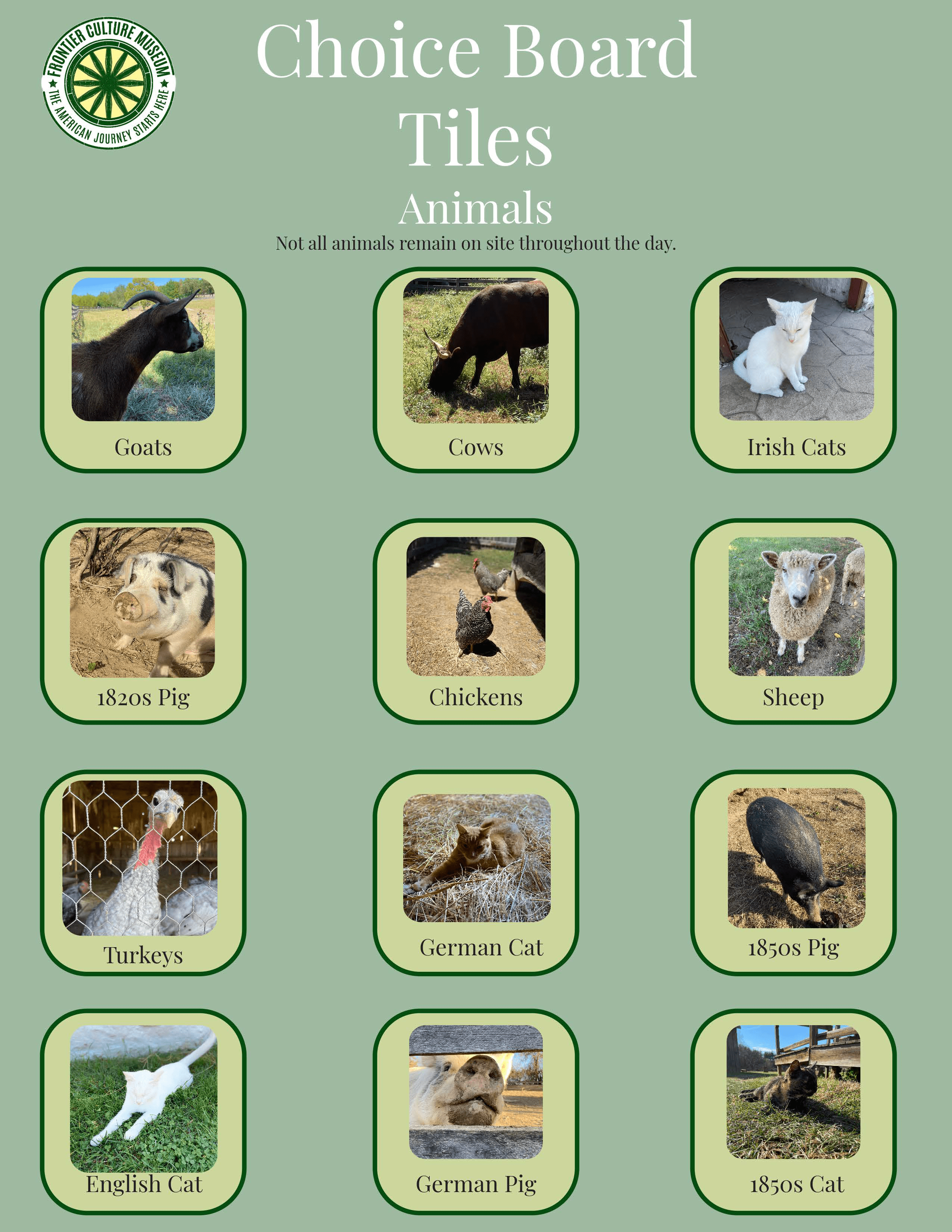
Museums For All
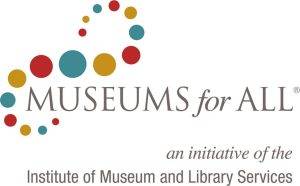
The Frontier Culture Museum is a proud member of the Museums for All Initiative. Through Museums for All, those receiving food assistance (SNAP benefits) can gain free or reduced admission to more than 1,000 museums throughout the United States simply by presenting their EBT card and a photo ID. The Frontier Culture Museum offers a reduced rate of $3.00 per ticket, for up to four guests, with on-site purchase to any visitor who is an EBT card holder.
